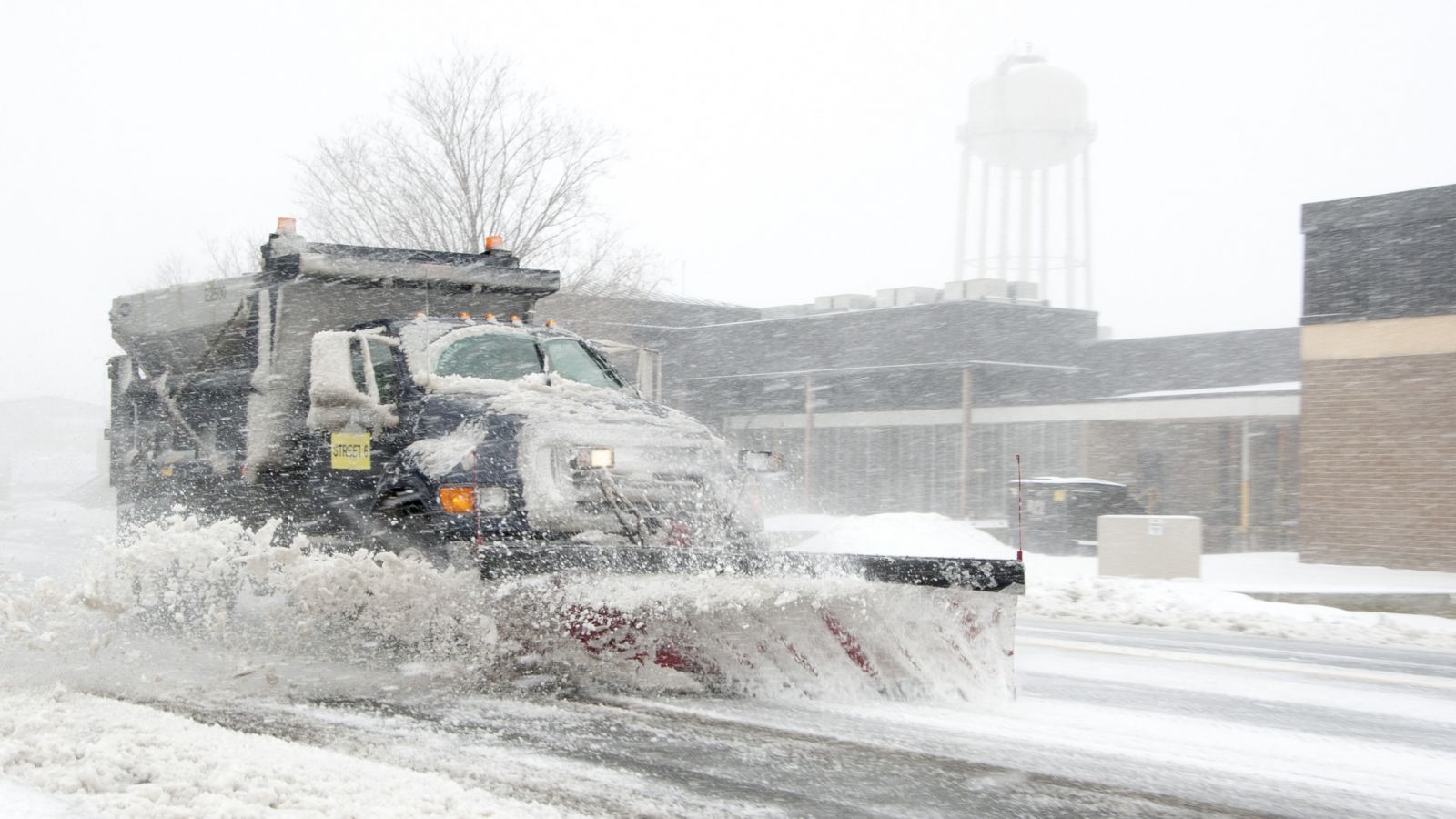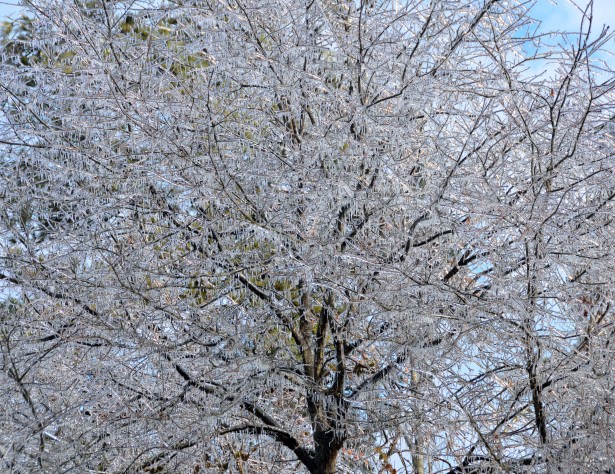How Does Salt Affect Your Landscaping?
Salt can affect your landscaping in several ways. The first is how your yard will be affected. Salt will become a liquid as snow melts, and all of that liquid is absorbed into the ground. When the salt is liquefied, it separates into sodium and chloride, and your grass and plants will absorb this and leave less room for them to absorb the nutrients they need. This will interrupt the photosynthesis process, which will lead to leaf burn, when they turn brown, and will kill grass and some parts of plants.
There is also the salt spray on plants near the road. The salt sitting on the plant will cause salt burn on buds, small twigs, and leaves. The salt can also burn away the outer layer of buds, exposing them to harsh winter winds which will kill the buds. Most of the time damage will not be shown until late winter/spring, when the plant will not start to grow back, or needles or leaves on trees will turn brown.


 With the recent ice storm that coated everything, you may be wondering how this will affect your trees and plants. The icy coating can actually be helpful in protecting them though! When everything is coated in ice, it effectively insulates the plants and trees, because the sun can still shine through but the wind is not getting to the plants.
With the recent ice storm that coated everything, you may be wondering how this will affect your trees and plants. The icy coating can actually be helpful in protecting them though! When everything is coated in ice, it effectively insulates the plants and trees, because the sun can still shine through but the wind is not getting to the plants.
How Can You Prevent Salt Damage?
Check what type of de-icing salt you use. There are some brands that do not have sodium in them. As mentioned in a previous post, the salt that has sodium chloride breaks down when dissolved and is more harmful to your plants and lawn.
Mix your salt with other materials. You can use sand, sawdust, or cinders to mix into your salt. These materials will provide grit so you will still have traction, and they are more eco-friendly.
Carefully apply the salt. Make sure that the salt is only put on your walkway or driveway. Do not freely toss handfuls around, that will cause more damage to your yard. Also check your yard to see if it drains properly. Try not to plant anything besides grass in low areas where water may gather, not only will this be where salt drains to, but excess water in the summer months can also damage your plants.